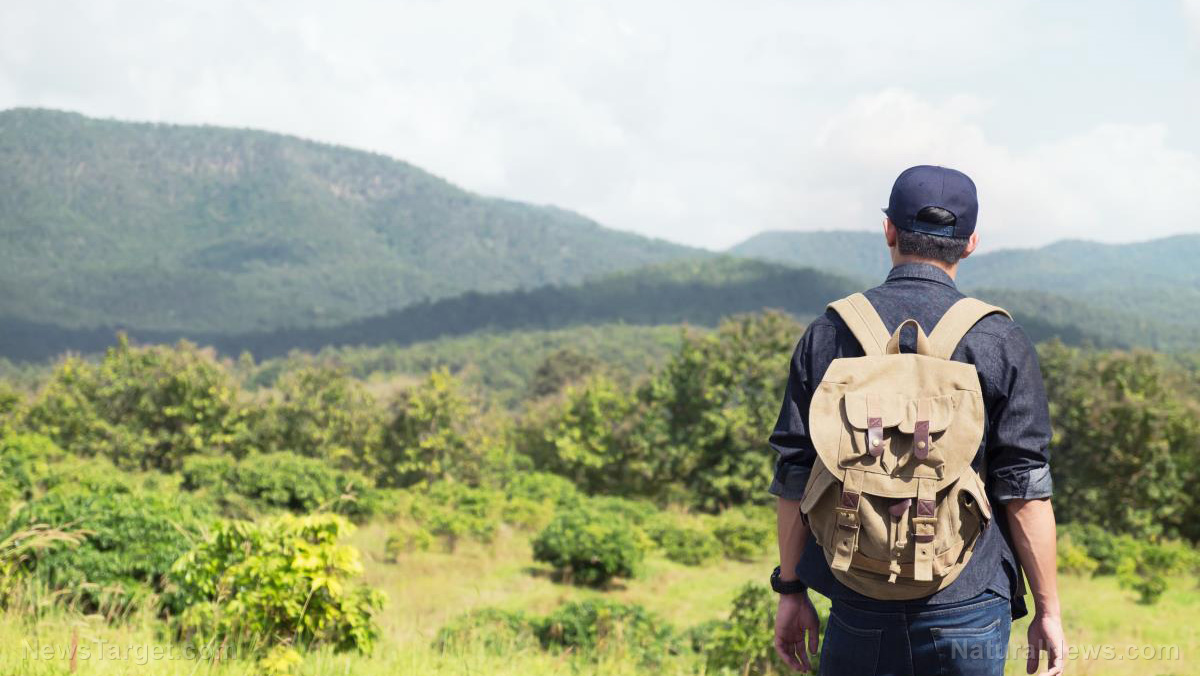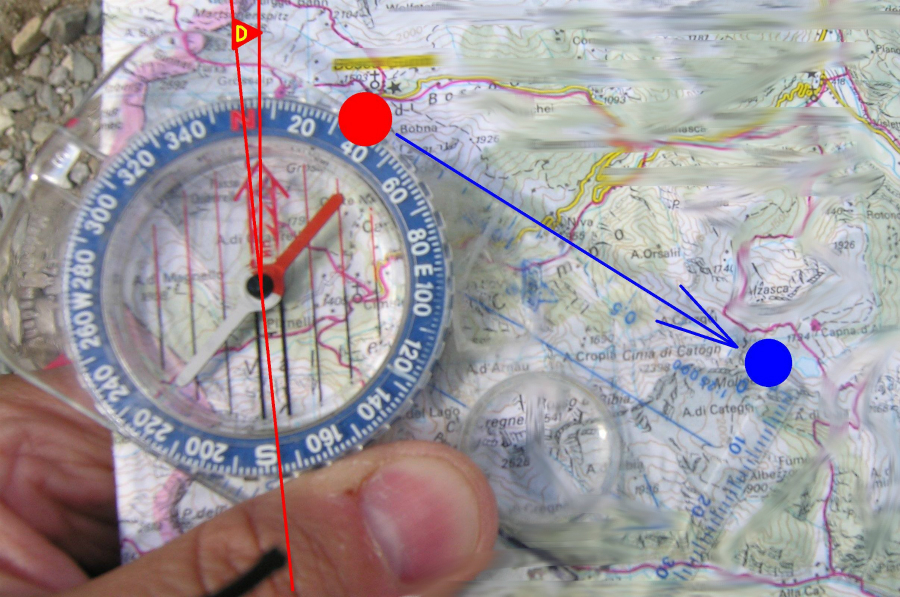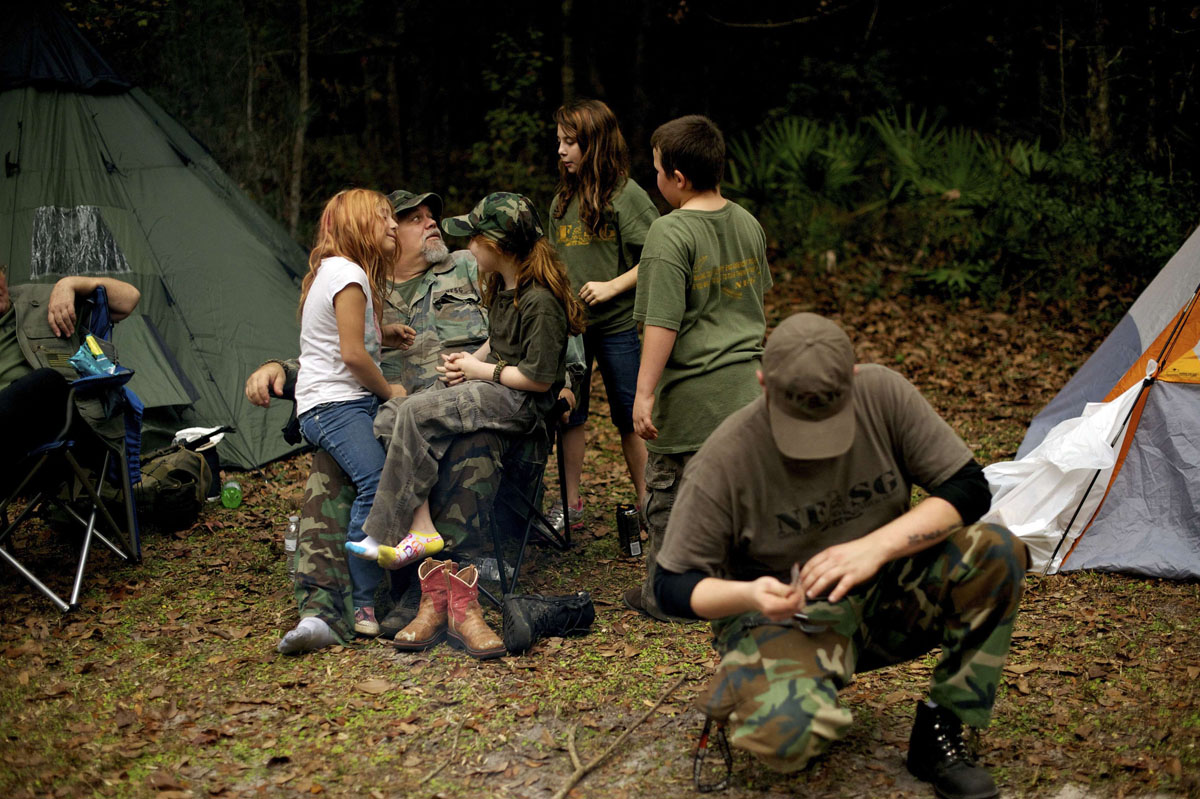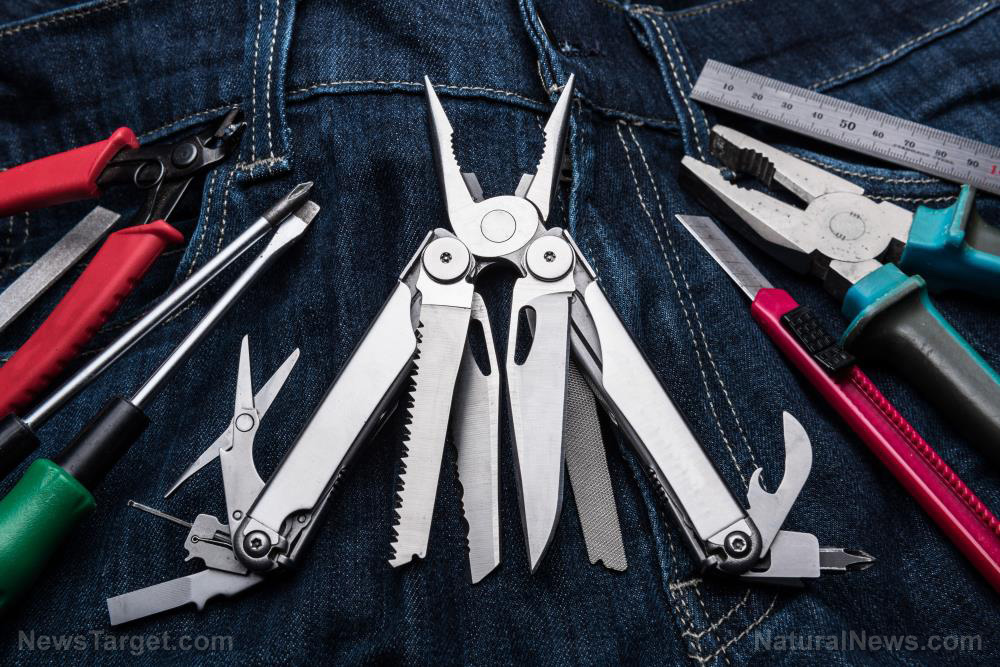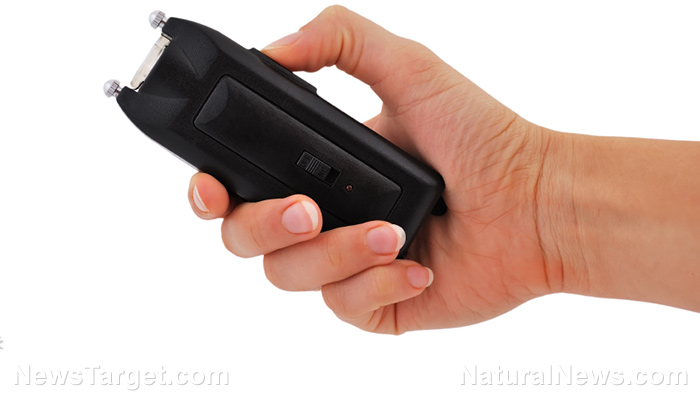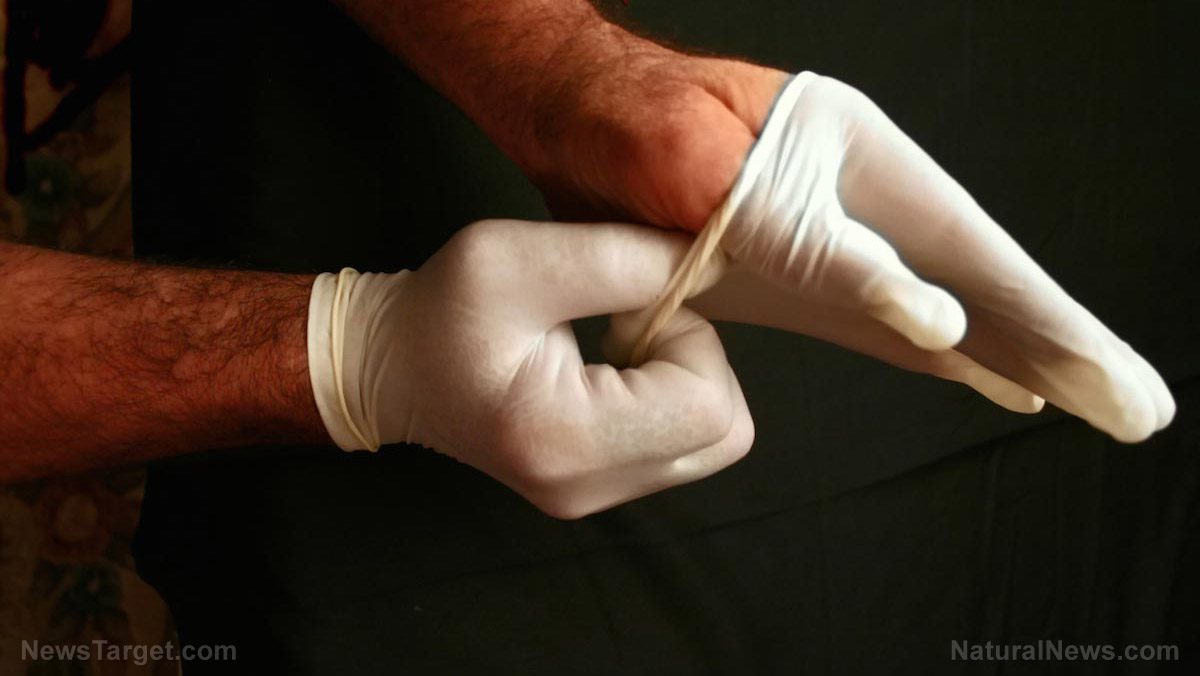The benefits of using snap caps for firearms training
08/31/2019 / By Edsel Cook

The practice of dry firing a gun helps a person practice trigger pull. But having the firing pin strike an empty chamber may damage the weapon over time. Instead, load snap caps into the gun during dry fire practice for realistic, cheaper, and safer training. (h/t to ThePrepperJournal.com)
A snap cap is an inert round with a soft primer. The primer protects the firing pin from getting damaged.
Using snap caps saves time and money. Real bullets are expensive to fire, even if the user recovers the lead and recasts them into new rounds. They also need a proper firing range to ensure safety. Finally, the gun will require cleaning after firing even one round to ensure it doesn’t foul up and jam.
In comparison, a snap cap costs $10 to $30, which is cheaper than a laser-based training unit. Unlike a real bullet, it is reusable, safe to use anywhere (which saves on firing range fees) and will not foul up the gun with each use.
Snap caps make it possible to effectively and safely train and drill firearms techniques outside the artificial environment of shooting ranges. They open up a wider variety of distances, locations, and times (such as night) that are more likely to appear in a real-world scenario. (Related: Urban survival: 15 Items that you’ll need when SHTF.)
The benefits of using snap caps during firearms training and practice
By loading his gun with snap caps instead of real rounds, a self-defense shooter can train in realistic contact ranges during self-defense scenarios. He can practice firing while moving, drawing from holsters, and switching between long-guns and sidearms.
Snap caps also help in refining fundamental skills. They make it easier and more convenient for a self-defense shooter to train his trigger pull, acquire gun sights and targets, perform first-last shot drills, and try out clearing a room or indoor space with potential hostiles.
Veteran trainers and self-defense shooters swear by snap caps when it comes to making a practice scenario as random and realistic as possible. The inert training ammunition also makes it easier for a practitioner to diagnose any bad habits, such as flinching during crucial moments.
Finally, snap caps let the user immediately take steps to correct any problematic habit that he notices during practice sessions.
Eventually, gun owners must bite the figurative bullet, expend live rounds at the range, clean their guns afterward, and buy a new batch of ammunition. Nothing beats the real deal when it comes to realism.
However, snap caps may substitute for both live rounds or dry firing in most types of development and maintenance training. They let the user practice with their real firearms in the kind of self-defense scenarios where he is likely to use it.
Make sure to get real snap caps instead of “specialty rounds”
As mentioned earlier, snap caps are cheap. Anyone can afford to buy several of them in one go and replace them as they get worn out.
However, keep in mind that some snap cap models resemble specialty rounds. Some of these specialty rounds have rubber or polymer bullets, hollow and solid-cell primers, but no powder propellant.
These rounds will probably not penetrate walls and windows, but they may severely injure anyone in the line of fire.
Other specialty rounds are live ammunition. Their lead bullets feature sheathing made from polymers and powders.
As such, make sure to get the right item. A snap cap is entirely inert. It has no primer, propellant, or projectile. It will not fire.
Further, treat snap caps as real ammo. Store them separately from the live ammunition and keep both groups apart at all times.
Sources include:
Tagged Under: ammo, ammunition, dry fire, firearms, firearms training, gun skills, gun training, guns, how-to, preparedness, prepper, prepping, Self Defense Training, self-defense, shooting equipment, shooting practice, snap caps, survivalist, training, weapons training
RECENT NEWS & ARTICLES
COPYRIGHT © 2018 SURVIVALGEAR.NEWS
All content posted on this site is protected under Free Speech. SurvivalGear.news is not responsible for content written by contributing authors. The information on this site is provided for educational and entertainment purposes only. It is not intended as a substitute for professional advice of any kind. SurvivalGear.news assumes no responsibility for the use or misuse of this material. All trademarks, registered trademarks and service marks mentioned on this site are the property of their respective owners.


